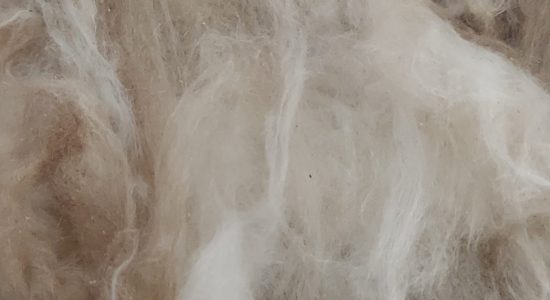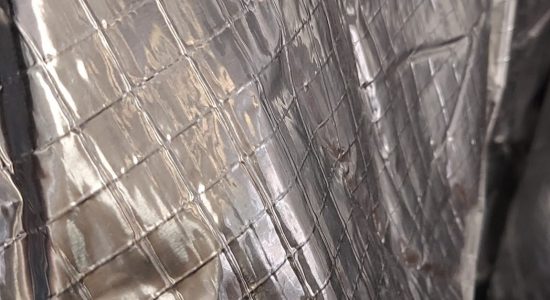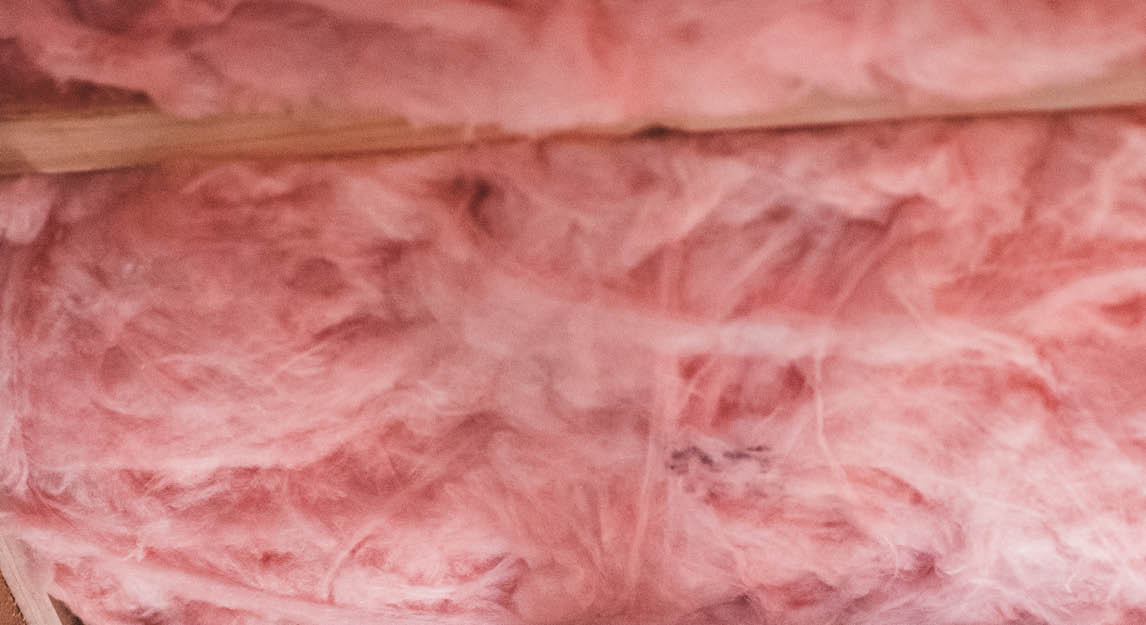The Ultimate Guide to Loft Insulation
Loft Insulation 101
With energy prices through the roof, 2022 could be the year of Loft Insulation as so many homeowners click-on to the huge energy savings available.
It’s estimated that out of the millions of UK homes that feature loft spaces, around 33% of those homes are still without loft insulation, and many tens of thousands more may suffer higher energy bills because their loft insulation is old or inadequate.
At HappyLoft, it’s our mission to ensure as many homes benefit from money-saving, green-friendly loft insulation as possible.
It’s why we’ve put together this ultimate guide to help you understand the benefits of this simple but highly effective way to keep your home warming in Winter.
What Is Loft Insulation?
Loft Insulation is the materials involved in (and the practice of) installing an insulative material such as rockwool, multifoil or insulation board in the loft of a property to create an extra layer of insulation with the goal of heat retention.
Or more simply put, it’s like adding an extra snuggly blanket on your house to keep things warmer and reduce your energy bills.
In installation and application terms, loft insulation also refers to the fitting of these materials.
When installed professionally, potential risks of loft insulation such as damp and mould are less likely, and due to the inherent dangers of working in lofts, we always recommend using professional loft insulation fitters where possible.
What Is Loft Insulation Made From?
That all depends on what type of loft insulation we are talking about, and when it was fitted.
Loft insulation materials and techniques have evolved over the years to suit any number of different homes. In general, both the materials and the installation techniques have improved to be more effective, negate common risks such as fire and damp issues, and become more environmentally friendly and cost-effective.

Rockwool Loft Insulation
Modern loft insulation is often made of rockwool or ‘mineral wool’, neither of which have ever seen a sheep. Instead, rockwool is actually made from a bi-product of the steel industry, similar to the material that makes breeze blocks.
Using a by-produce like this is not only more environmentally friendly by helping to cut down on waste products, but it also makes it relatively cheap. Fire resistant and highly insulative, most loft insulation jobs at HappyLoft involve rockwool from brands like Knauf.
Fibreglass Loft Insulation
Slightly older versions of loft insulation used fibreglass or “glass” insulation. At first glance, this looks quite like modern rockwool in that it comes in rolls of soft and fluffy blanket-like materials, however it was often coloured pink, yellow or orange.
Fibreglass wool is used less and less for insulation due to health concerns.

Multifoil Insulation
Rather than insulating the loft floor between the joints, or in between the rafters with insulation board, some insulation jobs require the use of multifoils like Superquilt.
These are specially designed foil rolls that are fixed to the inside of the rafters, creating a “silver tent” like effect in the loft and ensuring that the loft space itself is warm and insulated.

Insulation Board
In certain circumstances, loft insulation can come in the form of insulation board. This is a man-made material made usually from either Polyisocyanurate or Polyurethane, and is often bonded to standard plasterboard.
In most cases, this material is selected when the ROOF is to be insulate rather than the loft floor, extending the warm and useable area of the loft by creating a Room-In-Roof.
Loft Insulation Fitters
Depending on the type of loft insulation you are fitting, you may wish to get professional loft insulation fitters in to get the job done right.
HappyLoft are just that – expert specialist loft insulation fitters who operate all over the North West and beyond from our base in St Helens.

How much does loft insulation cost?
Of course, you want to know how much loft insulation costs, and you may be able to get a ballpark figure over the phone from a loft insulation fitter if you have enough accurate information about your loft space.
However, the true fixed price for your loft insulation should only be provided after an accurate loft survey conducted by a trained professional. This is because only a trained loft surveyor will know just how much insulation is required, and whether the loft is suitable for insulation in its current state – hopefully free from damp, pests, mould or water ingress.
That being said, there is data available that can give you an indication of how much insulation may cost, and more importantly, how much loft insulation can save you on your energy bills.
Detached Home
Loft Insulation From £630
Detached homes may save an average of £590 per year on their energy bills after loft insulation.
Semi Detached
Loft Insulation From £480
Semi-Detached homes may save an average of £355 per year on their energy bills after loft insulation.
Mid-Terrace
Loft Insulation From £455
Mid-Terrace homes may save an average of £330 per year on their energy bills after loft insulation.
Bungalow
Loft Insulation From £480
Detached Bungalows may save an average of £590 per year on their energy bills after loft insulation.
Data from Energy Saving Trust based on energy prices from October 2022
How effective is loft insulation?
No matter how much loft insulation costs you, it is practically insignificant in comparison to the savings that can be made on your energy bills. In many cases, sufficient savings can be made in one year that almost cover the cost of having the insulation fitted! Don’t forget, you only need to pay for loft insulation to enjoy as much as 40 years of savings on your energy bills.
Detached Home
Save up to £590 per year on average
Projected 40 years savings on energy bills*: £23,600
Semi Detached
Save up to £355 per year on average
Projected 40 years savings on energy bills*: £14,200
Mid-Terrace
Save up to £330 per year on average
Projected 40 years savings on energy bills*: £13,200
Bungalow
Save up to £590 per year on average
Projected 40 years savings on energy bills*: £23,600
*Data from Energy Saving Trust based on energy prices from October 2022. Projection as if energy prices stay static from October 2022.
What is the best loft insulation?
There are around 24.7 MILLION homes or dwellings in the UK, all built at various times over the last 1000 years or so, using different materials and designs, so a one-size-fits-all best loft insulation solution isn’t really possible.
However, in most cases, 270mm or more of rockwool insulation between and over any existing joists is often a good place to start. At HappyLoft, we favour Knauf rockwool loft insulation for these fairly standard jobs, as it is versatile, easy to work with and suitable for the majority of homes in the UK built from the mid-Victorian period right through to modern day homes (which should already be well insulated using modern materials).
For those looking to make better use of the loft space itself while keeping the budget low, the best loft insulation could be Superquilt
